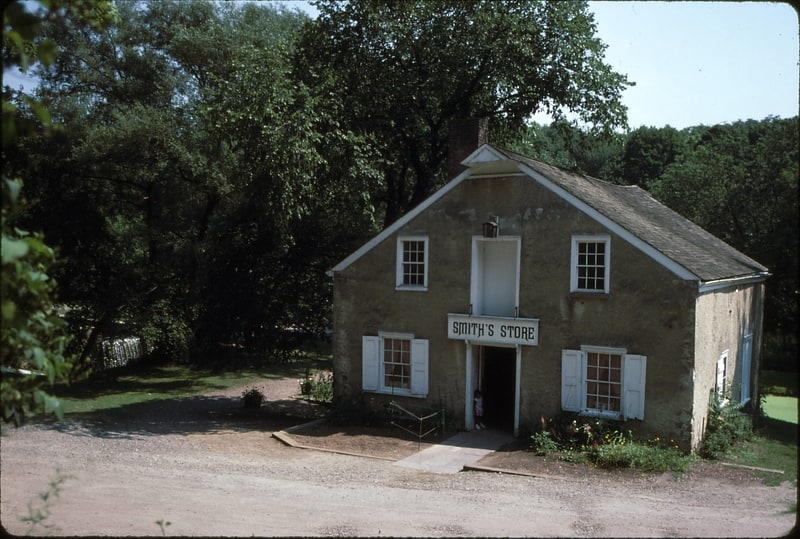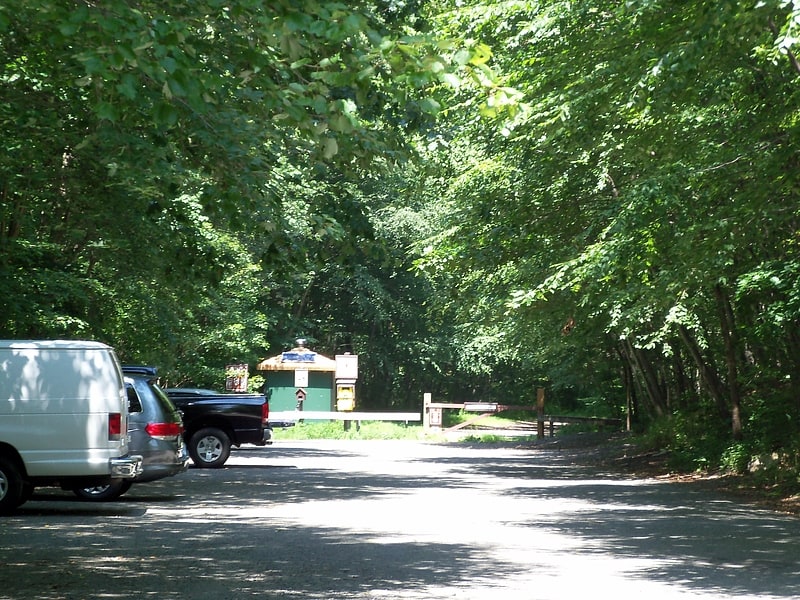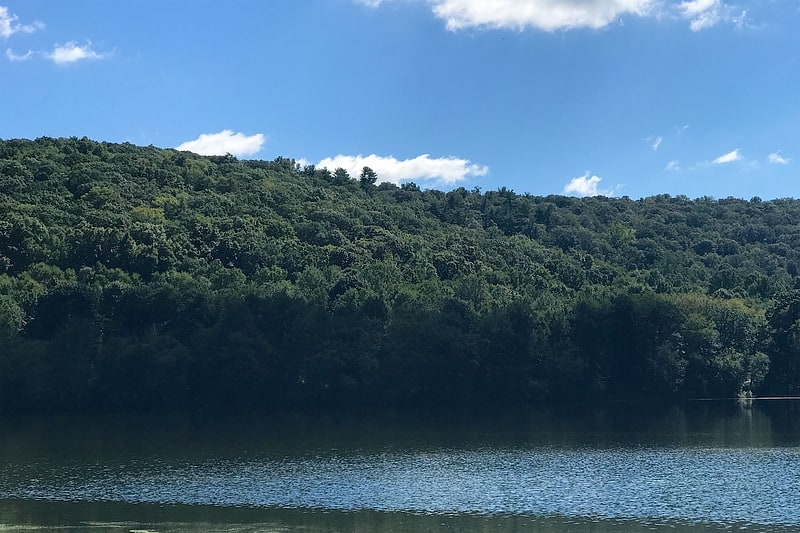Discover 4 hidden attractions, cool sights, and unusual things to do in Stephens State Park (United States). Don't miss out on these must-see attractions: Waterloo Village, Morris Canal, and Allamuchy Mountain State Park. Also, be sure to include Allamuchy Mountain in your itinerary.
Below, you can find the list of the most amazing places you should visit in Stephens State Park (New Jersey).
Table of Contents
Waterloo Village

Museum in Byram Township, New Jersey. Waterloo Village is a restored 19th-century canal town in Byram Township, Sussex County in northwestern New Jersey, United States. The community was approximately the half-way point in the roughly 102 miles trip along the Morris Canal, which ran from Jersey City to Phillipsburg, New Jersey,. Waterloo possessed all the accommodations necessary to service the needs of a canal operation, including an inn, a general store, a church, a blacksmith shop, and a watermill. For canal workers, Waterloo's geographic location would have been conducive to being an overnight stopover point on the two-day trip between Phillipsburg and Jersey City.
It is currently an open-air museum in Allamuchy Mountain State Park. As part of the State Park, it is open to the public from sunrise to sunset. The village was added to the National Register of Historic Places on September 13, 1977.[1]
Address: Waterloo Village Road, 07874 Stanhope
Morris Canal

River. The Morris Canal was a 107-mile common carrier anthracite coal canal across northern New Jersey in the United States that connected the two industrial canals at Easton, Pennsylvania, across the Delaware River from its western terminus at Phillipsburg, New Jersey, to New York Harbor and New York City via its eastern terminals in Newark and on the Hudson River in Jersey City. The canal was sometimes called the Morris and Essex Canal, in error, due to confusion with the nearby and unrelated Morris and Essex Railroad.
With a total elevation change of more than 900 feet (270 m), the canal was considered an ingenious technological marvel for its use of water-driven inclined planes, the first in the United States, to cross the northern New Jersey hills.
It was built primarily to move coal to industrializing eastern cities that had stripped their environs of wood. Completed to Newark in 1831, the canal was extended eastward to Jersey City between 1834 and 1836. In 1839, hot blast technology was married to blast furnaces fired entirely using anthracite, allowing the continuous high-volume production of plentiful anthracite pig iron.
The Morris Canal eased the transportation of anthracite from Pennsylvania's Lehigh Valley to northern New Jersey's growing iron industry and other developing industries adopting steam power in New Jersey and the New York City area. It also carried minerals and iron ore westward to blast furnaces in western New Jersey and eastern Pennsylvania (famously, Allentown and Bethlehem) until the development of Great Lakes iron ore caused the trade to decline.
The Morris Canal remained in heavy use through the 1860s. But railroads had begun to eclipse canals in the United States, and in 1871, it was leased to the Lehigh Valley Railroad.
Like many enterprises that depended on anthracite, the canal's revenues dried up with the rise of oil fuels and truck transport. It was taken over by the state of New Jersey in 1922, and formally abandoned in 1924.
Although it was largely dismantled in the following five years, portions of the canal and its accompanying feeders and ponds are preserved. A statewide greenway for cyclists and pedestrians is planned, beginning in Phillipsburg, traversing Warren, Sussex, Morris, Passaic, Essex, and Hudson Counties and including the old route through Jersey City. The canal was added to the National Register of Historic Places on October 1, 1974, for its significance in engineering, industry, and transportation. The boundary was increased in 2016 to include the Lake Hopatcong station in Landing.[2]
Allamuchy Mountain State Park

Regional park in Byram Township, New Jersey. Allamuchy Mountain State Park is located in Allamuchy Township and Byram Township in the Allamuchy Mountain region of New Jersey. The park is operated and maintained by the New Jersey Division of Parks and Forestry. There are more than 20 miles of unmarked trails in the northern section of Allamuchy, and 14 miles of marked multi-use trails.
The park is in the Northeastern coastal forests ecoregion. The 2,440 acres (9.9 km2) of mixed oak and hardwood forests and maintained fields of this natural area display various stages of succession. It is situated on the Musconetcong River.[3]
Allamuchy Mountain

Mountain in New Jersey. Allamuchy Mountain is a mountain in Sussex and Warren Counties, New Jersey. The major peak rises to 1,222 feet, and is located in Byram Township. The mountain also covers portions of Allamuchy Township in Warren County and Green Township in Sussex County. It overlooks the Musconetcong River to the southeast, and forms part of the divide between that river and the Pequest to the northwest. It is part of the New York–New Jersey Highlands of the Reading Prong.
Allamuchy Mountain State Park covers portions of the mountain.[4]